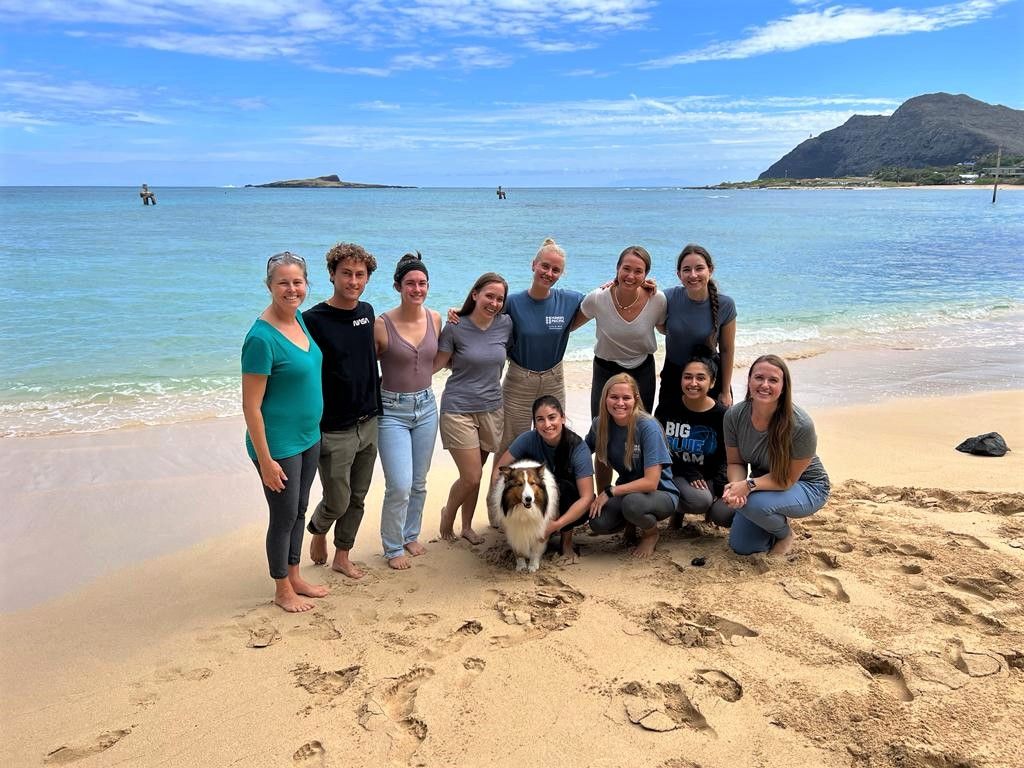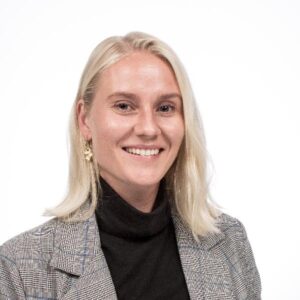As a part of the ATLANTIS project, my research centers around quantifying and integrating impacts of plastic debris within the framework of life cycle impact assessments (LCIA). As such, I normally work with modelling plastic impacts globally. The research center I visited is part of Hawai’i Pacific University (HPU) where they conduct interdisciplinary research on plastic pollution in the field and their labs. As such, to be hosted by CMDR was an excellent opportunity for me to get a more hands on understanding of local impacts of plastic pollution.

Why Hawai’i is an important location for studying plastic debris
As a group of islands situated downstream from the great pacific garbage patch, Hawai’i receives a lot of buoyant plastic debris that have potentially travelled the world before washing up on the local reefs and beaches. Environmental problems related to marine ecosystems also appear to be even more pressing and in focus in a place where the ocean is such a direct part of everyday life, both for leisure and subsistence.
Monk seals and green sea turtles first-hand
Prior to the visit, I had read research papers on plastic debris entanglement of Hawaiian monk seals and the green sea turtles so getting to meet with the researchers that gather this data in the field was a highlight. Specifically, the goal of the research stay was to investigate the issue of sea turtles getting entangled in discarded or lost fishing line.

I got to meet with people from organizations such as Hawaii Marine Animal Response (HMAR), and the Marine Institute of Maui Ocean Center (MOCMI) who respond to calls from the public about entangled wildlife. Through these connections and by witnessing entanglement injuries and the debris that causes them, I’ve gained a better understanding of the nature of this issue, which I had only studied in the literature prior to the visit.
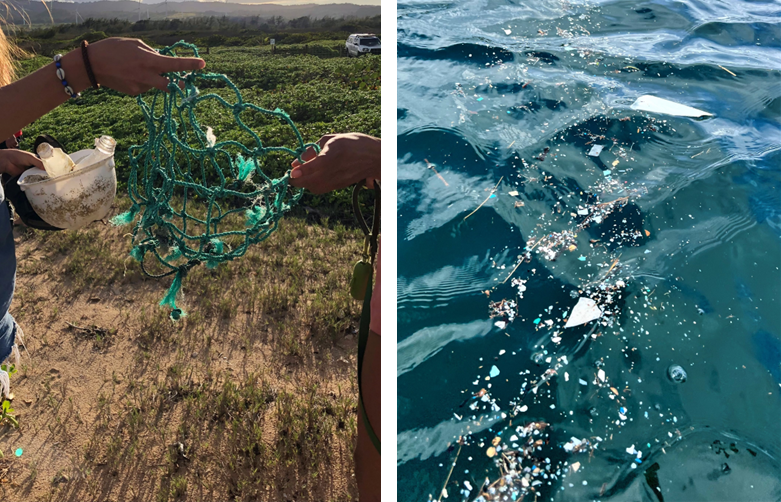
Large local awareness on plastic impacts
During my stay, I also had the chance to learn about the ongoing research at CMDR by joining in on activities ranging from sea turtle necropsies in the lab to international workshops on fishing gear and plastic debris field sampling on beaches. As the issue of plastic pollution is so well known on Hawai’i, it was also not hard to find beach cleanups and other community events for raising awareness on plastic impacts to join outside of the office.
Keeping the end results at aim
Through ongoing research in the ATLANTIS project, we gather a lot of different data on plastic debris to better understand and be able to quantify impacts of plastic pollution on marine biodiversity. Hopefully, this will result in a tool for decision makers to help determine for example the relative impacts of the use of different plastic based fishing gear.
Read about my PhD project in this blog post: Plastic waste in the ocean: making impact models
Mahalo!
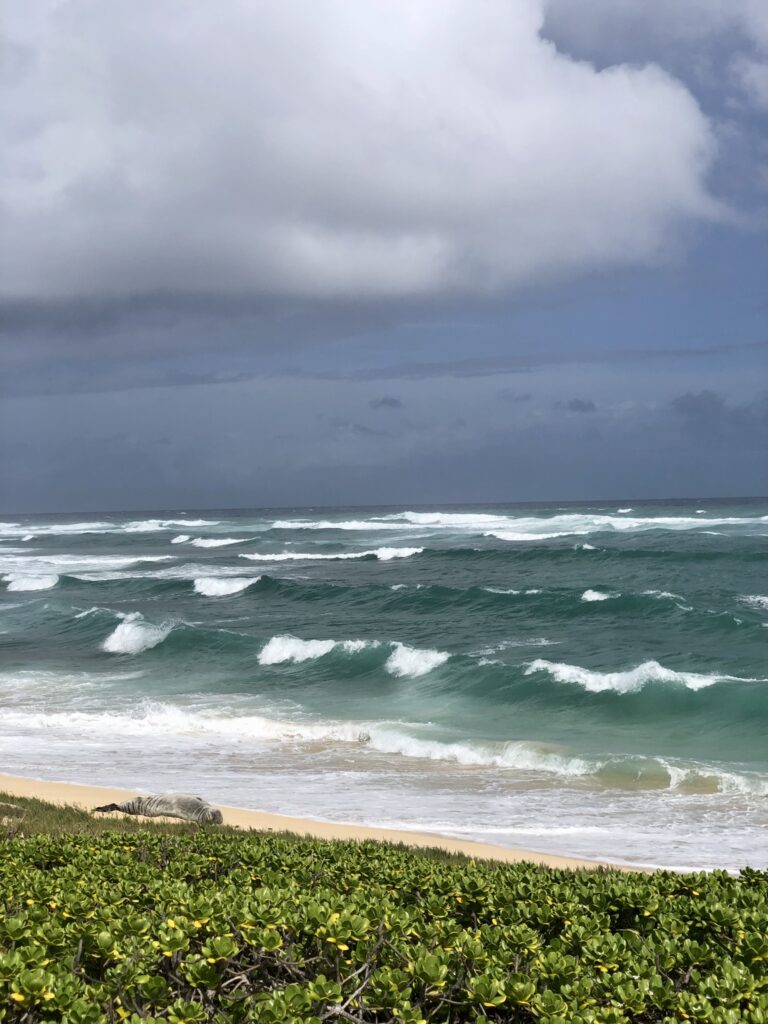
A version of this blog entry was first posted on https://atlantis-erc.eu/blog.html.
About the author
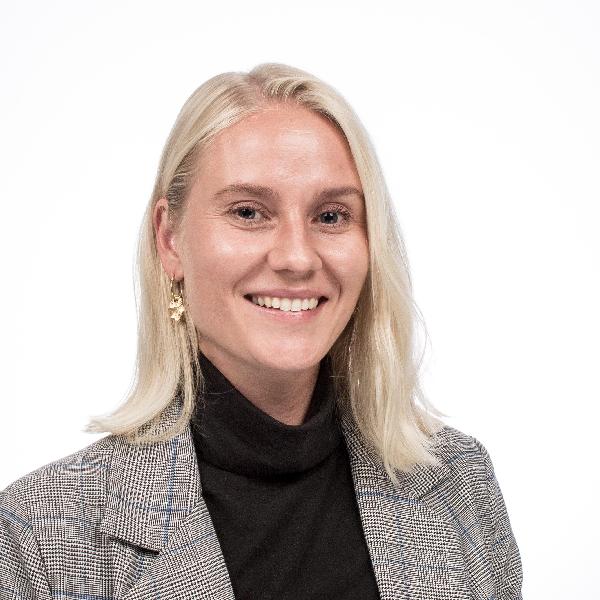
Marthe Alnes Høiberg is PhD Candidate at NTNU – Department of Energy and Process Engineering and NTNU – Industrial Ecology Programme. Her PhD is part of the ATLANTIS project which has received funding from the European Union’s Horizon 2020 research and innovation programme.

